HEALTHCARE PROVIDERS
Martian Medical Analog and Research Simulation (2MARS)
- $2695
- Jay Lemery MD FACEP FAWMRick Cole MD MPHBenjamin Easter MD MBADana Levin MD MPH
- 3 Physical Challenge Rating (On Scale Of 1-5)
MARTIAN MEDICAL ANALOG and RESEARCH SIMULATION (2MARS)
in partnership with the Mars Society and the Wildnerness Medical Society
Description
Nothing speaks to the essence of “wilderness” more than another planet. Mars represents the most remote and austere environment that humans have ever contemplated exploring. To simulate the demands of living and working on Mars, The Mars Society has established an analogue Mars base, called the Mars Desert Research Station (MDRS), in the Utah desert. In partnership with the Mars Society, the WMS and University of Colorado will use MDRS as a base of operations for exploring “Mars.” Participants will enter a dedicated Mars mission, in which we will utilize spacesuits and rovers to explore the Martian surface, live in the Mars Hab, collaborate with Mission Control, and study medical issues unique to astronauts, space flight, and life on other planets. In addition, this course offers 37 CME credits pending from WMS.
Includes:
- All food, supplies, educational equipment, and lodging at MDRS
- Ground transportation from Salt Lake City to MDRS
- CME Registration
Does Not include:
- Flights to/from Salt Lake City
- Meals and lodging prior to arrival and after departure from MDRS
- Personal Gear (List will be provided)

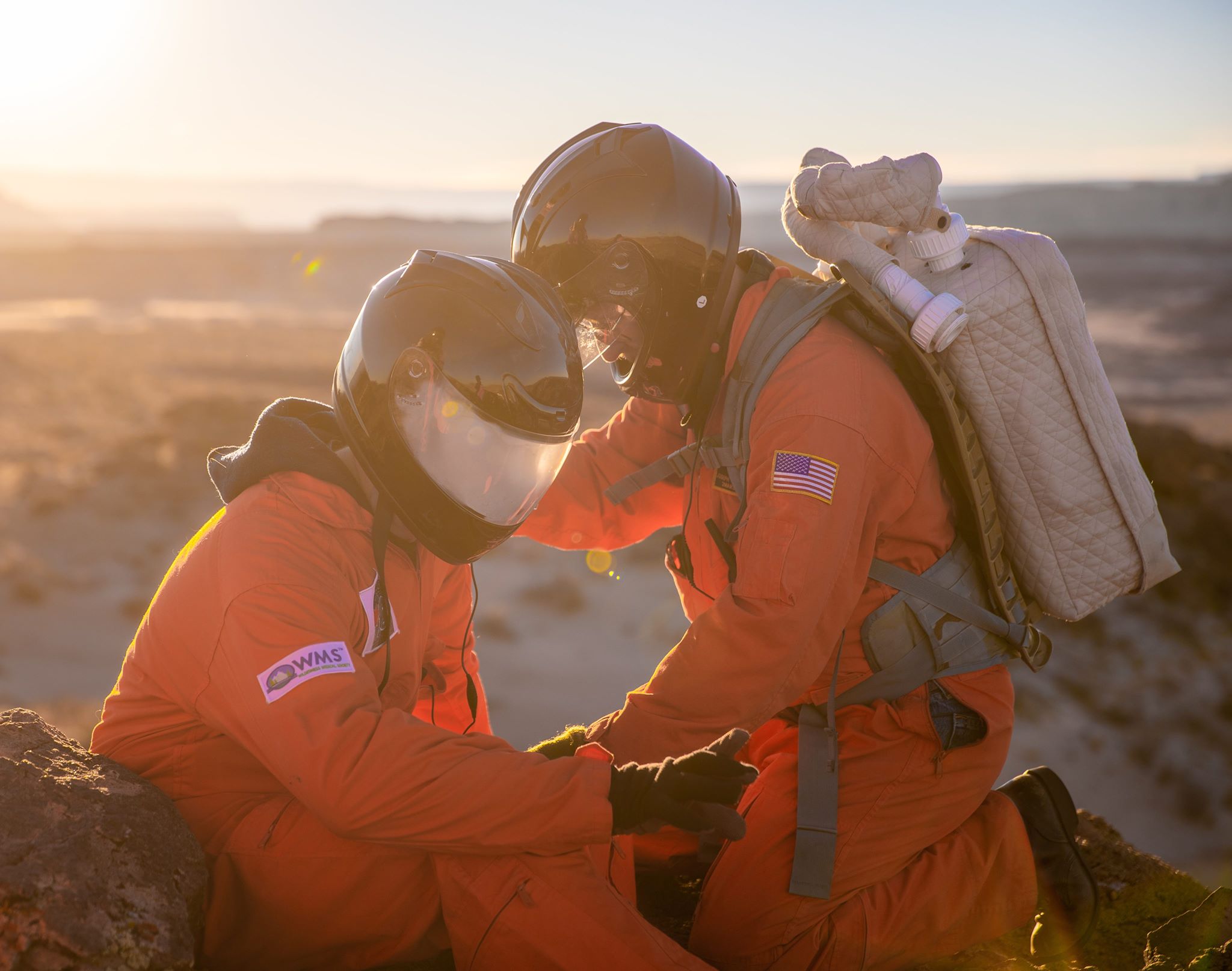
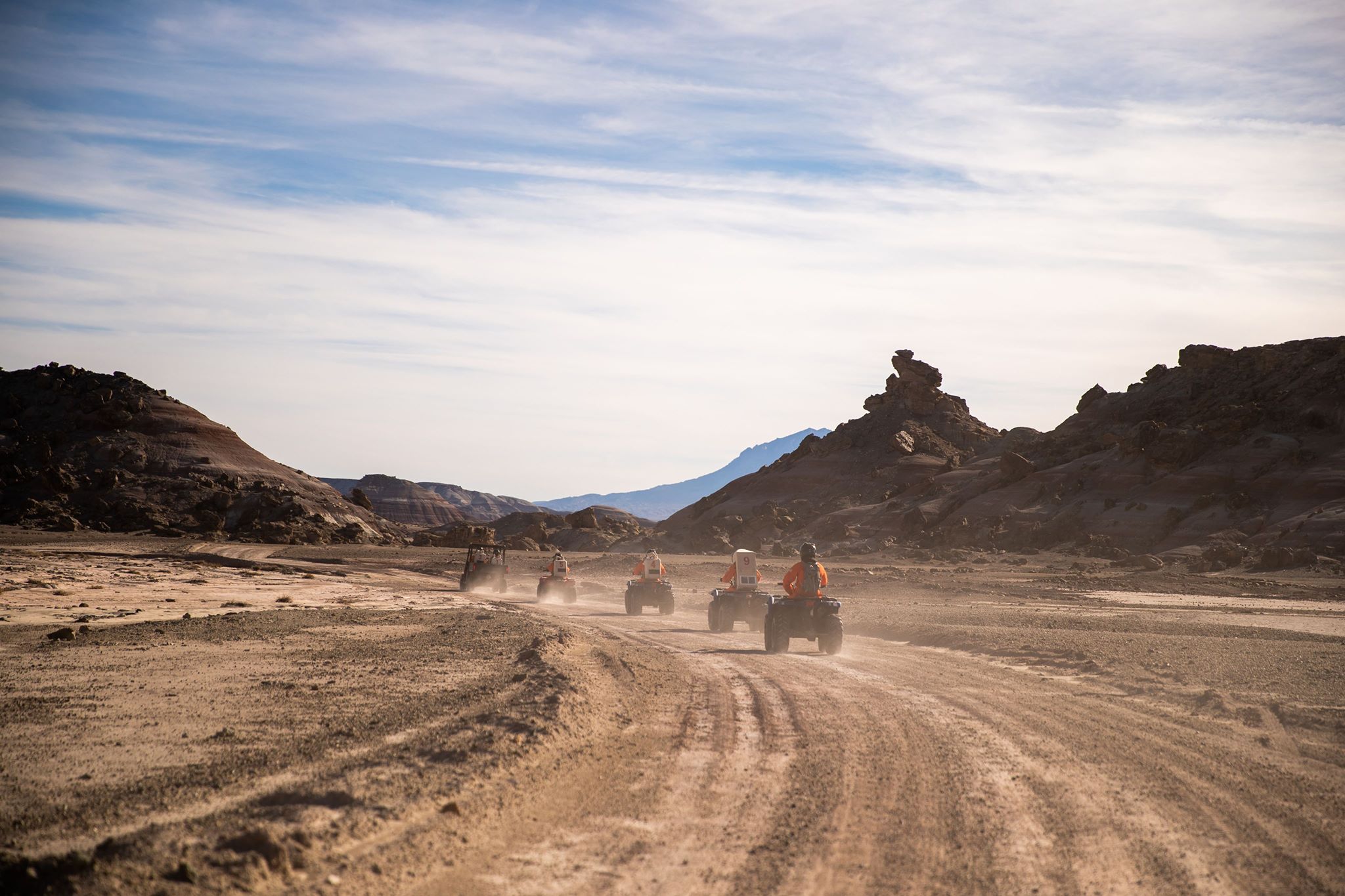
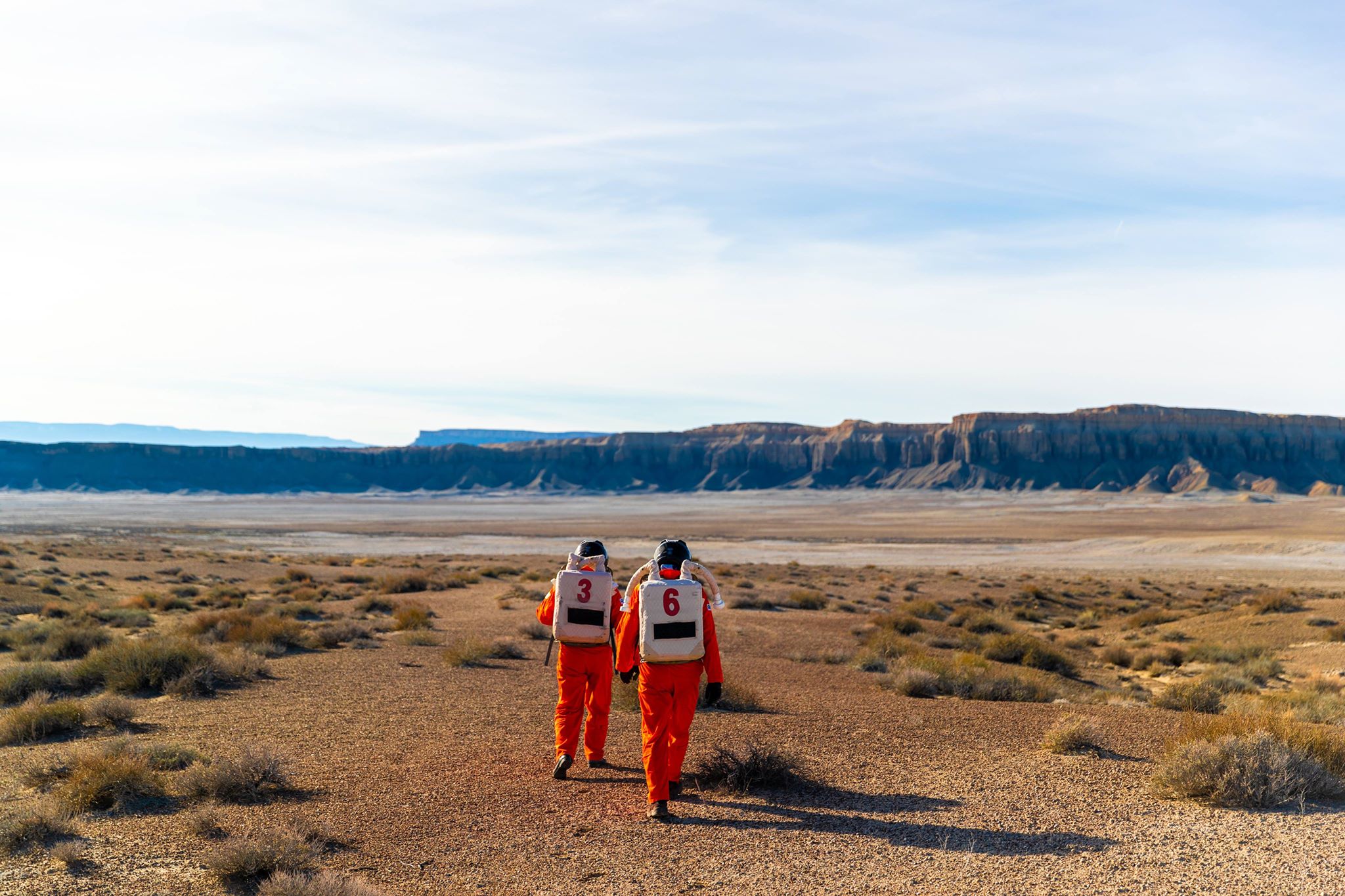
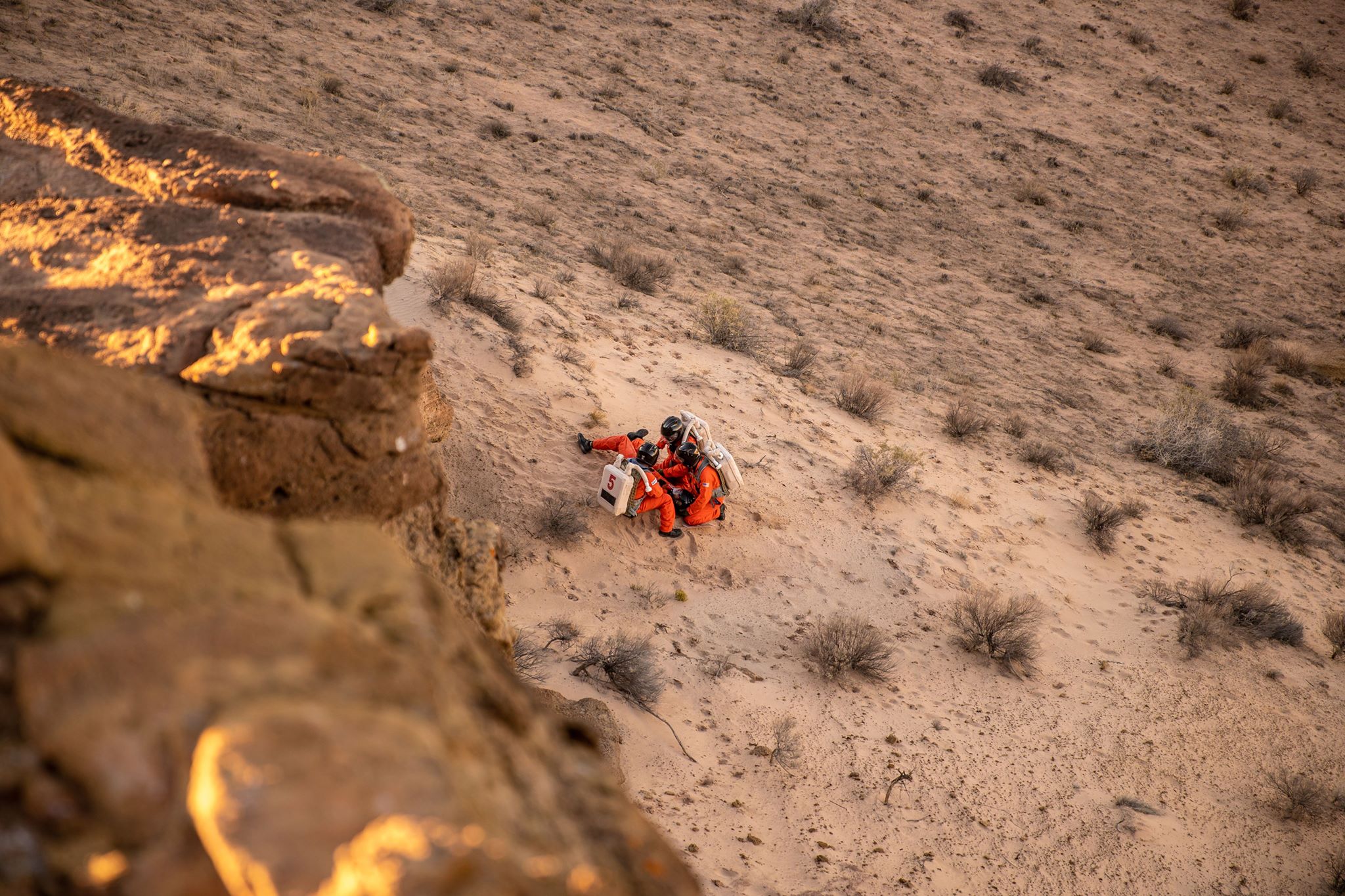
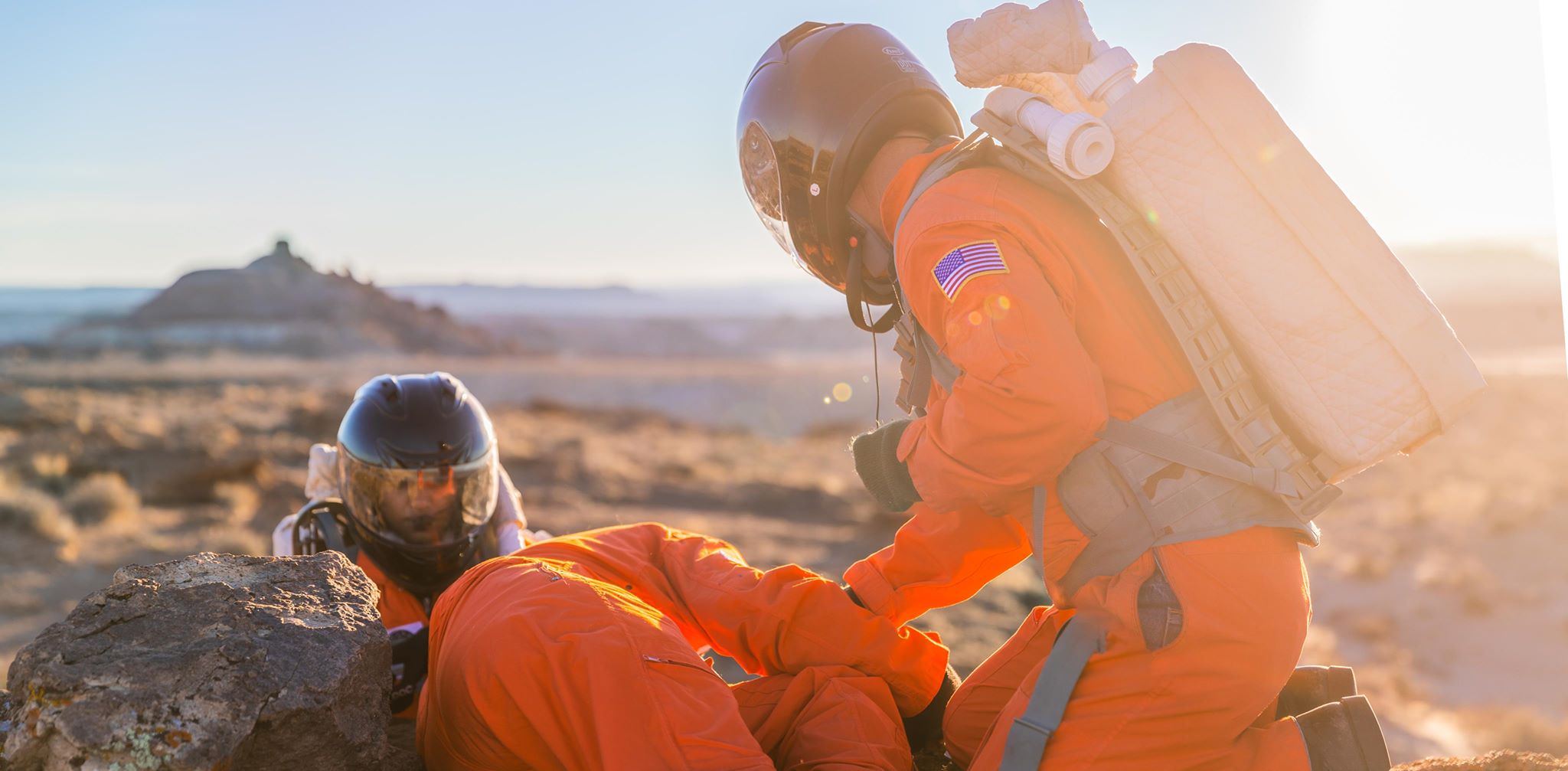

- Role of Flight Surgeon in Space Travel
- Land Navigation on Mars
- Planning for Group Extravehicular Travel
- Overview of Space Physiology and Potential Medical Emergencies
- Medical Support during Extravehicular Activity (Spacewalks)
- Medical Kits for Mars Travel
- Altitude Illness
- Pressure Changes during Extravehicular Activity
- Decompression Sickness
- Medical Contingencies during Extravehicular Activity
- Medicine in Austere Settings
- Genitourinary Conditions in Spaceflight
- Atmospheric Considerations and Environmental Toxicology
- Motion Disorders, Including Space Motion Sickness
- Sleep Derangements in Flight and Space Travel
- Solar Radiation and Protection
- Radiation Illness and Exposure
- Ophthalmologic Considerations in Spaceflight
- Celestial Navigation
- Astronomical and Solar Astronomy using On-site Observator(ies) – as available
- Musculoskeletal Physiology in Spaceflight
- Women’s Medical Conditions in Spaceflight
- Musculoskeletal Disorders in Spaceflight and Splint Improvisation in Austere Environments
- Psychological and Sociological Impact of Spaceflight and Planetary Missions
- Psychosocial Stressors of Isolated, Confined and Extreme Environments
- Medical Futility in Extreme and Austere Environments
- Water Survival and Submersion Injuries
- Nutritional and Metabolic Considerations in Spaceflight
- Travel Medicine Practice
- Cultural Considerations in Space Medicine
- Exercise at Mars Altitude
- On demand 3D Printing During Planetary Missions – as available
- Extraterrestrial Gardening Using On-site Green Hab
- Flying Drones for Surface Reconnaissance and Remote Equipment Delivery – as available
- Active Participation in Remote Medicine Research
March 14 – Arrive at Salt Lake City International Airport by 12:00 PM. Depart SLC Airport for Green River, UT via WMS coordinated van. Stay night in Green River at First Choice Inns.
March 15 – Arrive to MDRS. Orientation to course.
March 16-20 – In simulation. See below for a typical daily schedule.
March 21 – Simulation ends. Depart MDRS for Salt Lake City via WMS coordinated van. Departing flight should be no earlier than 3:00 PM.
The exact day-to-day itinerary will be determined by the crew according to the needs of the simulation. Typical days will include one extra-vehicular activity (EVA) with a simulated medical scenario.
A sample daily itinerary is included below:
| Time | Activity |
| 7:00 | Wake-Up and Breakfast |
| 8:00 | Didactics – See above for example |
| 11:00 | Lunch |
| 12:00 | Extravehicular Activity (Field Simulation)- Collect Martian soil samples (with medical scenario) |
| 16:00 | Crew Maintenance Activities |
| 18:00 | Dinner |
| 19:00 | Next Day Briefing and Crew Reports |
| 19:30 | Personal Time |
| 23:00 | Lights Out |
We will be living in a Mars Hab located in a remote environment outside Hanksville, Utah. The simulated Mars base involves very close living quarters. While each participant will have their own private sleeping area, these are small and the conditions are minimalist. Please refer to the Hab diagram on this page. There is very little to no cell reception and internet access is severely limited to nonexistent.
Access to the second floor of the Hab (living quarters) requires climbing a very steep set of stairs that is essentially a ladder. In addition, EVAs will require hiking and riding ATVs through rough desert and rocky terrain in bulky simulated space suits with your head contained in a helmet. At least a few crew members will ascend rocky outcroppings while in space suits.
During simulation, we will function as a semi-autonomous Mars crew, and to the extent possible, simulate conditions on Mars. This means limited outside communication with Earth (there is generally no cell phone service and internet is extremely limited), wearing spacesuits whenever we are outside the Hab, and rationing consumable resources such as power, fuel, and water. This is part of the challenge and fun of the simulation.
All crew members will also have to complete daily tasks that are typical of spaceflight, such as cooking, cleaning, and Hab maintenance.
We eat foods that are shelf stable, and the food supply is not able to accommodate specific diets (other than vegetarian). Participants with dietary restrictions may still participate, but will need to supply their own food.
Richard Cole, MD, MPH
Rick co-founded the Martian Medical Analogue and Research Simulation (2MARS) with Ben Easter. He practices emergency medicine in Houston, Texas and works at the Johnson Space Center as a contract flight surgeon where he has served in multiple roles including direct medical support for three International Space Station expeditions. He is board certified and residency trained in both emergency medicine and aerospace medicine. In addition, he has completed an ultrasound fellowship. Rick is a co-author of the current Space Medicine Chapter in Auerbach’s Wilderness Medicine textbook. He’s completed the Fellowship in the Academy of Wilderness Medicine, is a Fellow of the American College of Emergency Physicians (ACEP), an Associate Fellow of the Aerospace Medicine Association (AsMA), served as the member-at-large of the Society of NASA Flight Surgeons, and has received numerous NASA awards.
James Kurrle, MBBS, MS
James is an Australian aerospace medicine resident who works in a hospital in the rural Australian town of Wagga Wagga. He graduated from the University of Notre Dame, Sydney and has worked in various urban and rural areas before completing a masters of aerospace medicine at Wright State University in Dayton, Ohio. He has coordinated nationwide research in Australia in supporting medical school aerospace medicine teaching, has been part of information gathering sessions leading to the inauguration of the Australian Space Agency last year, and is actively trying to increase Australia-US partnership in space medicine. His hobbies are photography, travel, and scuba diving.
Benjamin Easter, MD, MBA
Ben is an Assistant Professor of Emergency Medicine at the University of Colorado School of Medicine. He also serves as Deputy Element Scientist for Exploration Medical Capability in the NASA Human Research Program. Ben co-founded the Martian Medical Analogue and Research Simulation (2MARS) and also the University of Colorado Space and Extreme Environmental Medicine Program. Ben completed an emergency medicine residency at Denver Health Medical Center, and a fellowship in Emergency Operations and Quality at the University of Colorado School of Medicine. Dr. Easter is board certified in emergency medicine and works as an attending physician at University of Colorado Hospital, where he also serves as Assistant Medical Director of the Polar Medicine Service. His interests include SwimRun events, marathons, dogs, skiing, any anything space-related.
Dana Levin, MD, MPH
Dana is an Assistant Professor of Emergency and Aerospace Medicine at Columbia University in New York City and the Systems Engineering and Integration Physician for NASA’s Exploration Medical Capability Research Element. In addition to his clinical duties he provides launch and landing support for commercial spacecraft missions and is part of the the medical system design team for upcoming deep space missions. He is also Co-Founder of the University of Colorado Space and Extreme Environment Medicine Program.
His research and exploration work includes altitude research in the Himalayas; technical SCUBA diving and nautical archeology; medical support and research in Antarctica; supporting the record breaking Equal Playing Field football game from the summit of Kilimanjaro; medical systems optimization, spatial disorientation mitigation, non pharmacological management of medical conditions in remote environments, and asynchronous tele medical support. Dana has taught classes in extreme environment medicine and physiology with Columbia University, Cornell University, the Wilderness Medical Society, the University of Texas, The Himalayan Rescue Association, the University of Colorado, and New York Medical College.
In his spare time he flies planes, SCUBA dives, writes songs, and plays in a New York City based blues band. He enjoys skiing, backpacking, rock climbing, telling stories, and social dancing.
Jay Lemery, MD, FACEP, FAWM
Jay is the Past President of the WMS and an Associate Professor of Emergency Medicine at the University of Colorado School of Medicine. He is the Chief of the Section of Wilderness & Environmental Medicine at the CU School of Medicine, Department of Emergency Medicine. He was the original co-author of the ‘Space Medicine’ Chapter in Auerbach’s Wilderness Medicine. In 2014, he became the EMS Medical Director for the United States Antarctic Program.
Access to the second floor of the Hab (living quarters) requires climbing a very steep set of stairs that is essentially a ladder. In addition, EVAs will require hiking and riding ATVs through rough desert and rocky terrain in bulky simulated space suits with your head contained in a helmet. At least a few crew members will ascend rocky outcroppings while in space suits.
During simulation, we will function as a semi-autonomous Mars crew, and to the extent possible, simulate conditions on Mars. This means limited outside communication with Earth (there is generally no cell phone service and internet is extremely limited), wearing spacesuits whenever we are outside the Hab, and rationing consumable resources such as power, fuel, and water. This is part of the challenge and fun of the simulation.
All crew members will also have to complete daily tasks that are typical of spaceflight, such as cooking, cleaning, and Hab maintenance.
We eat foods that are shelf stable, and the food supply is not able to accommodate specific diets (other than vegetarian). Participants with dietary restrictions may still participate, but will need to supply their own food.
Objectives:
This course is designed to educate participants in the pathophysiology, recognition and treatment of a variety of medical problems encountered in austere environments and settings remote from hospital or definitive care. Upon completion of this educational activity, participants will be able to:
- Establish a set of treatment priorities for care of the sick or injured in austere settings.
• Demonstrate basic aspects of improvised care, rescue and evacuation.
• Learn basic field skills enabling a physician to be more capable in a setting remote from definitive care.
Target Audience:
Physicians and other Medical Care Providers who have an interest in providing medical care in “remote” environments such as wilderness settings or in developing countries are encouraged to attend. Physicians interested in space medicine and physicians counseling their patients traveling to remote areas will benefit as well.
Physician Assistants:
The American Academy of Physician Assistants accepts Category 1 CME approval from organizations accredited by the ACCME.
Other Professionals:
Check with your governing entity to determine usefulness of AMA PRA Category 1 Credits™.
Academy of Wilderness Medicine:
Fellowship in the Academy of Wilderness Medicine (FAWM™) is designed for individuals who want to be acknowledged for their professional achievement in Wilderness Medicine and validate their training for their patients and clients. Interested participants must apply for FAWM candidacy before starting this course.
James Kurrle, MBBS, MS
James is an Australian aerospace medicine resident who works in a hospital in the rural Australian town of Wagga Wagga. He graduated from the University of Notre Dame, Sydney and has worked in various urban and rural areas before completing a masters of aerospace medicine at Wright State University in Dayton, Ohio. He has coordinated nationwide research in Australia in supporting medical school aerospace medicine teaching, has been part of information gathering sessions leading to the inauguration of the Australian Space Agency last year, and is actively trying to increase Australia-US partnership in space medicine. His hobbies are photography, travel, and scuba diving.
Benjamin Easter, MD, MBA
Ben is an Assistant Professor of Emergency Medicine at the University of Colorado School of Medicine. He also serves as Deputy Element Scientist for Exploration Medical Capability in the NASA Human Research Program. Ben co-founded the Martian Medical Analogue and Research Simulation (2MARS) and also the University of Colorado Space and Extreme Environmental Medicine Program. Ben completed an emergency medicine residency at Denver Health Medical Center, and a fellowship in Emergency Operations and Quality at the University of Colorado School of Medicine. Dr. Easter is board certified in emergency medicine and works as an attending physician at University of Colorado Hospital, where he also serves as Assistant Medical Director of the Polar Medicine Service. His interests include SwimRun events, marathons, dogs, skiing, any anything space-related.
Dana Levin, MD, MPH
Dana is an Assistant Professor of Emergency and Aerospace Medicine at Columbia University in New York City and the Systems Engineering and Integration Physician for NASA’s Exploration Medical Capability Research Element. In addition to his clinical duties he provides launch and landing support for commercial spacecraft missions and is part of the the medical system design team for upcoming deep space missions. He is also Co-Founder of the University of Colorado Space and Extreme Environment Medicine Program.
His research and exploration work includes altitude research in the Himalayas; technical SCUBA diving and nautical archeology; medical support and research in Antarctica; supporting the record breaking Equal Playing Field football game from the summit of Kilimanjaro; medical systems optimization, spatial disorientation mitigation, non pharmacological management of medical conditions in remote environments, and asynchronous tele medical support. Dana has taught classes in extreme environment medicine and physiology with Columbia University, Cornell University, the Wilderness Medical Society, the University of Texas, The Himalayan Rescue Association, the University of Colorado, and New York Medical College.
In his spare time he flies planes, SCUBA dives, writes songs, and plays in a New York City based blues band. He enjoys skiing, backpacking, rock climbing, telling stories, and social dancing.
Jay Lemery, MD, FACEP, FAWM
Jay is the Past President of the WMS and an Associate Professor of Emergency Medicine at the University of Colorado School of Medicine. He is the Chief of the Section of Wilderness & Environmental Medicine at the CU School of Medicine, Department of Emergency Medicine. He was the original co-author of the ‘Space Medicine’ Chapter in Auerbach’s Wilderness Medicine. In 2014, he became the EMS Medical Director for the United States Antarctic Program.
Access to the second floor of the Hab (living quarters) requires climbing a very steep set of stairs that is essentially a ladder. In addition, EVAs will require hiking and riding ATVs through rough desert and rocky terrain in bulky simulated space suits with your head contained in a helmet. At least a few crew members will ascend rocky outcroppings while in space suits.
During simulation, we will function as a semi-autonomous Mars crew, and to the extent possible, simulate conditions on Mars. This means limited outside communication with Earth (there is generally no cell phone service and internet is extremely limited), wearing spacesuits whenever we are outside the Hab, and rationing consumable resources such as power, fuel, and water. This is part of the challenge and fun of the simulation.
All crew members will also have to complete daily tasks that are typical of spaceflight, such as cooking, cleaning, and Hab maintenance.
We eat foods that are shelf stable, and the food supply is not able to accommodate specific diets (other than vegetarian). Participants with dietary restrictions may still participate, but will need to supply their own food.
It is the policy of the Wilderness Medical Society to ensure balance, independence, objectivity and scientific rigor. All faculty members are required to disclose any real or apparent conflict of interest related to the content of their presentation. Accordingly, the Wilderness Medical Society has determined there are no conflicts to report associated with this conference.
